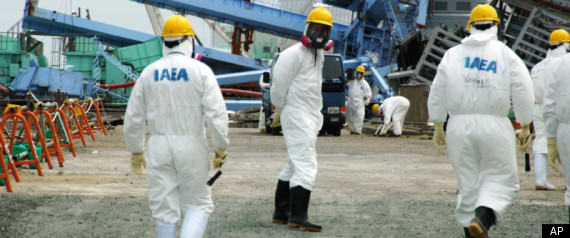Canada.com - AFP - May 24, 2011
Paris - Seventy thousand people living beyond the 20-kilometre no-go zone around Fukushima should be evacuated because of radioactivity deposited by the crippled nuclear plant, a watchdog said.
Updating its assessment of the March 11 disaster, France's Institute for Radiological Protection and Nuclear Safety (IRSN) highlighted an area northwest of the plant that lies beyond the 20-km (12 mile) zone whose inhabitants have already been evacuated.
Radioactivity levels in this area range from several hundred becquerels per square metre to thousands or even several million bequerels per square metre, the IRSN report, issued late Monday, said.
Around 70,000 people, including 9,500 children aged up to 14, live in the area, "the most contaminated territory outside the evacuation zone," the agency said.
"These are people who are still to be evacuated, in addition to those who were evacuated during the emergency phase in March," Didier Champion, its environmnent director, told AFP.
Staying in this area means the inhabitants would be exposed to radiation of more than 10 millisieverts (mSv)in the year following the disaster, according to the IRSN.




Recent Comments